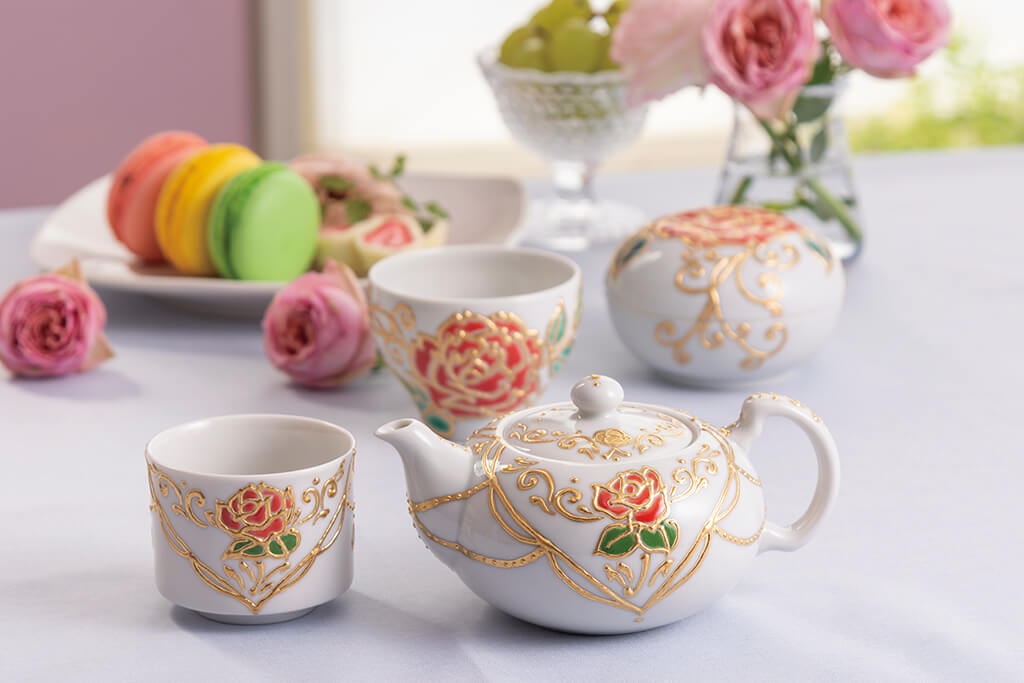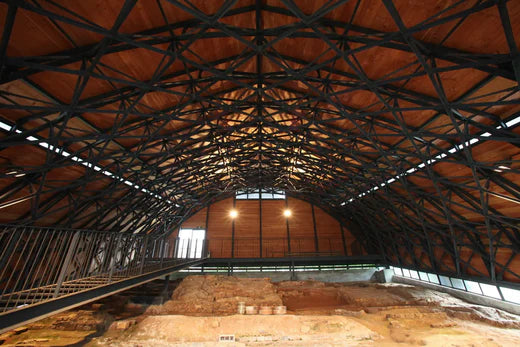3. removal of impurities and dewatering
After that, the iron is removed with an electromagnet, and the muddy clay is sieved to remove impurities and dehydrated to complete the process.
The Tron Mill is a huge machine, even though it is a device; it can produce 2.5 tons of clay at a time. At a time when things were selling well, the production by stamper was time-consuming and production could not keep up, so for the sake of productivity, Taniguchi's father, the previous president, introduced the TRONMILL. Now, they produce various types of clay to meet their needs by changing the formula of the materials.












